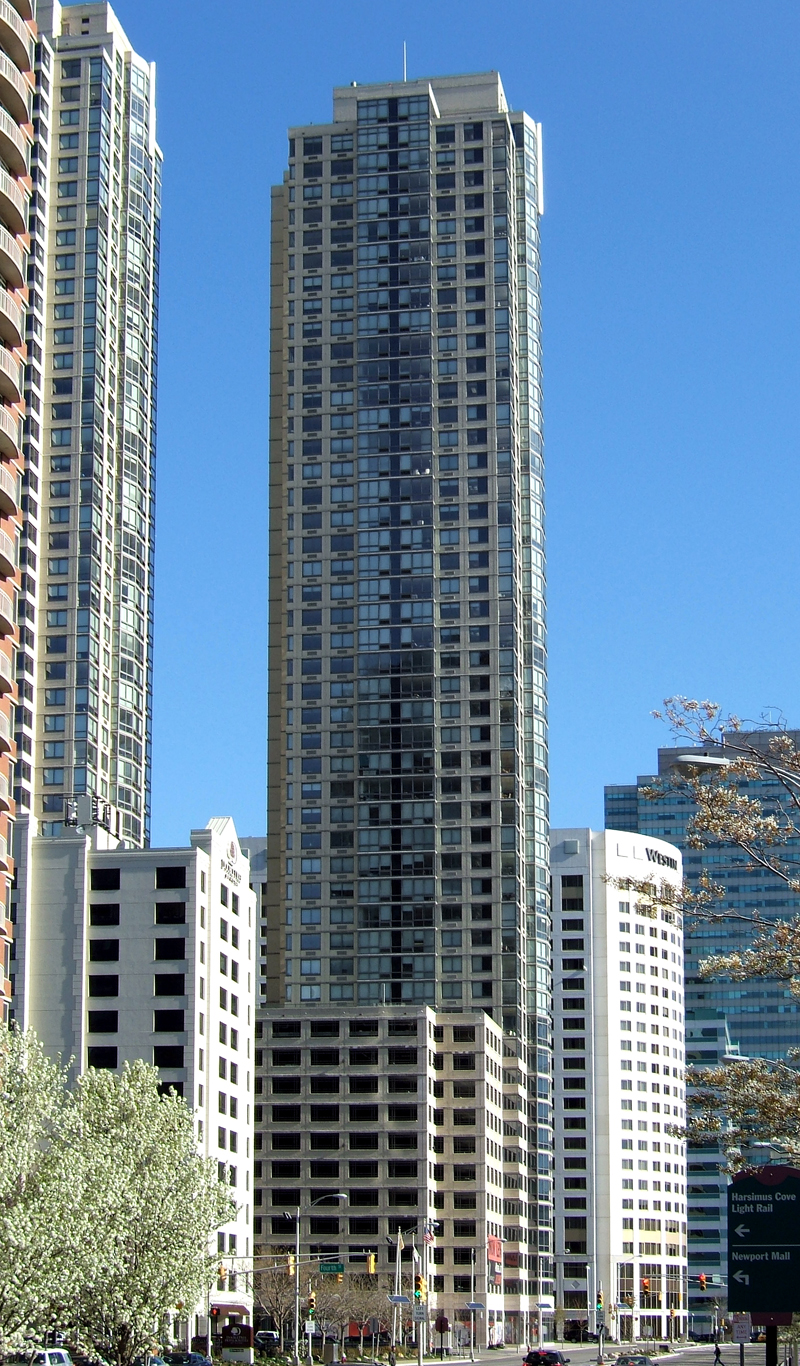

Noah and his sons, such as Shem, who died in 1846 BC, would also have been alive during and after the Tower of Babel, when people were scattered. Noah lived for nearly 350 years after the Flood, until 1998 BC (according to Ussher). We need to remember that Noah was a capable shipbuilder, as were his sons. I don’t want to overlook another method of entry to the Americas and Australia-by boat.

By Sea Another method of entry to the Americas and Australia-by boat. Notice the photo I took of the landscape in Sweden (which has numerous glacial lakes) last August in Kungshamn that shows some of rocky terrain where the ice rubbed across it. There is quite a bit of evidence left behind that confirms the extent of the Ice Age in North America and Europe. In the same way, such land bridges would be exposed to Australia, which has an extensive, shallow continental shelf to its north that connects with islands in Southeast Asia. Many of the first travelers to the Americas probably arrived about 200–500 years after the Flood, or 100–400 years after Babel, at about 2142 BC to about 1842 BC (again based on Ussher’s dates). So logically, a couple of hundred years would be ample time to spread across Asia to the Bering Strait. These spurts would include the time to get to the Bering Strait from the Middle East as well as the time to spread through the Americas. It would take time to travel, as a tribe would probably settle in an area for a while before moving on. As Oard points out, the migrations would be slower than this, probably in spurts. I completely agree that this was not the most likely scenario. Oard calculates that migrating people could make it to South America in a minimum of about 60 years. Some tribes could have settled for a while in a location before moving on. The actual migration would likely have been more complicated and slower. This would allow land to appear a little sooner than 400 years after Babel, which would have been a “short window” for people to cross.Īlso, Mike Oard mentions on page 132 of Frozen in Time, Sixty years is a crude back-of-the-envelop calculation to estimate the minimum time it would take to reach South America. This is based on the current depth of the Bering Strait, which Mike Oard believes was a bit shallower in the early stages of the Ice Age. Mike Oard says in his book Frozen in Time, It would have taken most of the Ice Age for there to be enough snow and ice piled up on the land to expose the shallow Bering Strait. The Ice Age peaked about 500 years after the Flood, or about 400 years after Babel. The Ice Age that followed the Flood would be the perfect mechanism to remove water from the ocean and deposit it on land, thus reducing the ocean level. Ussher places the Tower of Babel at about 2242 BC, which is about a hundred years or so after the Flood.įor the land beneath the Bering Strait to be exposed, the ocean level would have to be lower. The timing of this event would have be after the Tower of Babel when Noah’s descendants were scattered across the globe to repopulate the earth. From there, they went south and spread throughout the continent and on down to Central and South America. Let’s take a closer look at North America and South America.įirst, most Native Americans likely came across the Bering Strait from Asia to Alaska. Beyond this would be Australia and North and South America. The next general areas people spread to were Europe, Asia, and Africa.

Larry Pierce has a good article describing this-see “ In the Days of Peleg.” Initial civilizations such as Babylon, Egypt, and Greece were among the first to rise. By Landįrom Babel, we would expect that civilizations closer to the region would be settled first and then those farther away. There are several ways to migrate to different parts of the world-over land is the most obvious, but I wouldn’t discount sea migration either. Thank you for your wonderful work - the information you provide has revitalized my faith and strengthens my walk daily.


 0 kommentar(er)
0 kommentar(er)
